 By:
Amos Mwaniki
By:
Amos Mwaniki
This article refers to the following topics: cannabis tools, cannabis growing tools, marijuana tools, cannabis cultivation tools, cannabis equipment, cannabis farm equipment, tools for growing cannabis, cannabis growing equipment, cannabis growing equipment, cannabis greenhouse equipment, cannabis toolkit.
In this article you will find answers to the following questions: What are some essential cannabis tools one should have, Which marijuana tools are considered necessary for beginners, What tools should I look for when purchasing cannabis equipment, What tools would you recommend for someone who is just starting to grow cannabis, What is included in a comprehensive cannabis toolkit.
It allows you to have complete control over the environment, resulting in higher-quality yields. However, to ensure successful cultivation, you need cannabis seeds of quality genetics, the right equipment and tools at your disposal. In this guide, we will discuss the essential equipment and tools necessary for effectively growing cannabis indoors. Whether you’re a beginner or an experienced grower, these tips will help you optimize your indoor cannabis garden.
One of the most crucial aspects of indoor cannabis cultivation is providing adequate light for your plants. Since natural sunlight is limited indoors, you’ll need to invest in good-quality grow lights. LED (Light Emitting Diode) lights are highly recommended for indoor cannabis growing. They are energy-efficient, emit less heat, and offer a wide spectrum of light suitable for all stages of plant growth.

Proper air circulation is essential for healthy cannabis plants. An efficient ventilation system helps control temperature, humidity, and removes stale air. It consists of exhaust fans, intake fans, and ducting. Exhaust fans remove hot air and odors, while intake fans bring in fresh air. Ducting ensures air is properly circulated throughout the grow space. Maintaining the right temperature and humidity levels prevents mold, mildew, and pests from infesting your plants.
Creating a controlled environment is key to successful indoor cannabis cultivation. Grow tents or dedicated grow rooms provide a confined space where you can optimize light, temperature, and humidity conditions. Grow tents are portable, easy to set up, and come in various sizes. They are equipped with reflective interiors to maximize light distribution and prevent light leakage.
Choosing the right growing medium is essential for your germinated marijuana seeds to root quickly and to maintain healthy plant development. There are various options available, including soil, coco coir, and hydroponics. Soil is the most common and beginner-friendly medium. It provides natural nutrients and retains moisture. Coco coir, made from coconut husks, offers excellent water retention and aeration. Hydroponics involves growing plants in a soilless medium, relying on nutrient-rich water solutions. Each medium has its advantages, so choose one that suits your preferences and expertise.
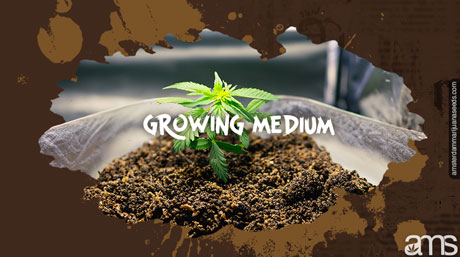
Cannabis plants require essential nutrients to grow and thrive. Nutrient deficiencies can lead to stunted growth and lower yields. There are three primary macronutrients: nitrogen (N), phosphorus (P), and potassium (K). Additionally, plants require secondary macronutrients and micronutrients. You can purchase pre-formulated nutrient solutions specifically designed for cannabis cultivation or create your own nutrient mixtures. Follow the manufacturer’s instructions or nutrient schedules to provide the appropriate amount of nutrients at each growth stage.
Maintaining the correct pH level is crucial for nutrient absorption. Cannabis plants prefer slightly acidic conditions, with a pH range between 5.8 and 6.5 for soil-based growing. Hydroponic systems may have a slightly different pH range. To ensure optimal nutrient uptake, invest in a pH testing kit. Regularly test the pH of your water, nutrient solutions, and runoff to make necessary adjustments.
Consistent and proper watering is vital for fast rooting of your sprouted cannabis seeds and for healthy cannabis growth. Overwatering or underwatering can lead to root issues and nutrient imbalances. An irrigation system, such as a drip system or hydroponic setup, can automate the watering process and ensure plants receive the right amount of water. Additionally, a water filter or reverse osmosis system is beneficial for removing impurities and chlorine from the water supply.
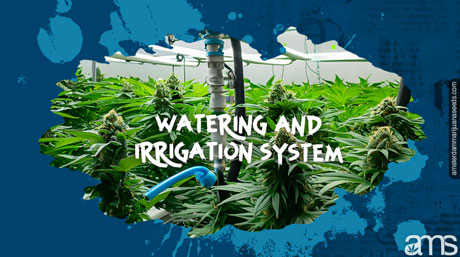
Pruning and trimming help maintain the shape and health of your cannabis plants. Invest in a good pair of pruning shears or scissors for precise trimming of leaves, branches, and buds. These tools are essential during the vegetative and flowering stages to remove dead or damaged plant material, improve airflow, and enhance light penetration.
Indoor cannabis gardens are not immune to pests and diseases. Preventive measures and early detection are crucial to avoiding infestations. Keep a close eye on your plants for signs of pests such as spider mites, aphids, or whiteflies. Organic pest control methods like neem oil, insecticidal soaps, and beneficial insects can help eliminate or manage pest populations. Additionally, maintaining cleanliness and proper hygiene in your grow space reduces the risk of diseases.
Monitoring environmental factors is essential for the overall health of your cannabis plants. Invest in environmental monitoring tools such as thermometers, hygrometers, and humidity controllers. These tools help you maintain optimal temperature and humidity levels, ensuring your plants are comfortable and less susceptible to stress or diseases.
Growing cannabis indoors requires cannabis seeds of high THC-producing genetics, careful attention to detail, and the right equipment and tools. By investing in the essential equipment mentioned above, you can create an optimal environment for your cannabis plants to thrive. Remember to conduct thorough research, seek advice from experienced growers, and adapt your techniques as you gain more experience. With the right tools and knowledge, you’ll be well on your way to successful indoor cannabis cultivation.
1. Why is maintaining the correct pH level important for cannabis growth?
Maintaining the correct pH level is crucial for nutrient absorption in cannabis plants. For soil-based growing, the optimal pH range is between 5.8 and 6.5. Regular testing of water, nutrient solutions, and runoff ensures that the plants can absorb nutrients effectively.
2. How does an irrigation system benefit cannabis cultivation?
An irrigation system, such as a drip system or hydroponic setup, automates the watering process, providing consistent and proper hydration for cannabis plants. This helps prevent overwatering or underwatering, which can cause root issues and nutrient imbalances, leading to healthier plant growth.
3. What are the best methods for pest and disease control in indoor cannabis gardens?
Preventive measures like maintaining cleanliness and regularly inspecting plants are key to controlling pests and diseases. Organic pest control options, such as neem oil, insecticidal soaps, or beneficial insects, can help manage pests like spider mites and aphids without harming your plants.
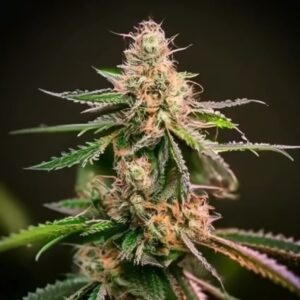


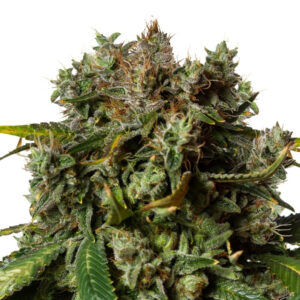

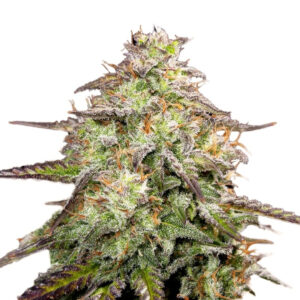
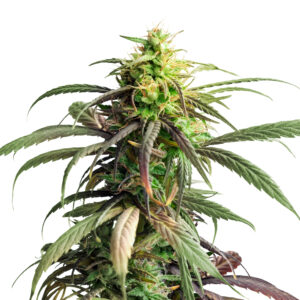






Related Posts
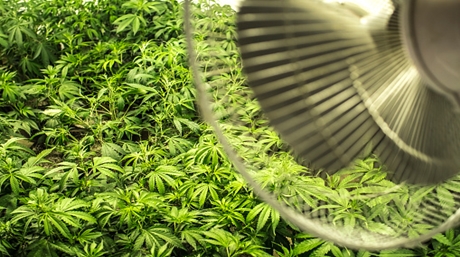
There are many pieces of equipment you need to get and some conditions to fulfill to make sure your grow room is properly ventilated.
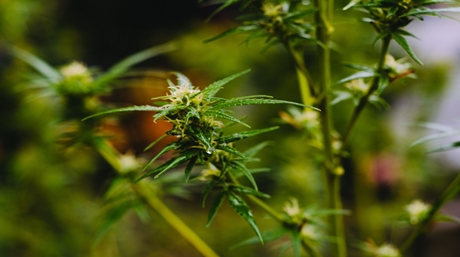
Do you have a friend who needs cannabis for medicinal purposes? Alternatively, are you looking for an adequate supply of cannabis to occasionally share with your friends but are afraid of draconian laws making your life difficult as you pursue your agenda? Well, you are in luck! You don’t need to worry anymore; we are going to guide you.

Let us give you some basic tips and tricks before you start. Some pointers to get you going and make a good run.